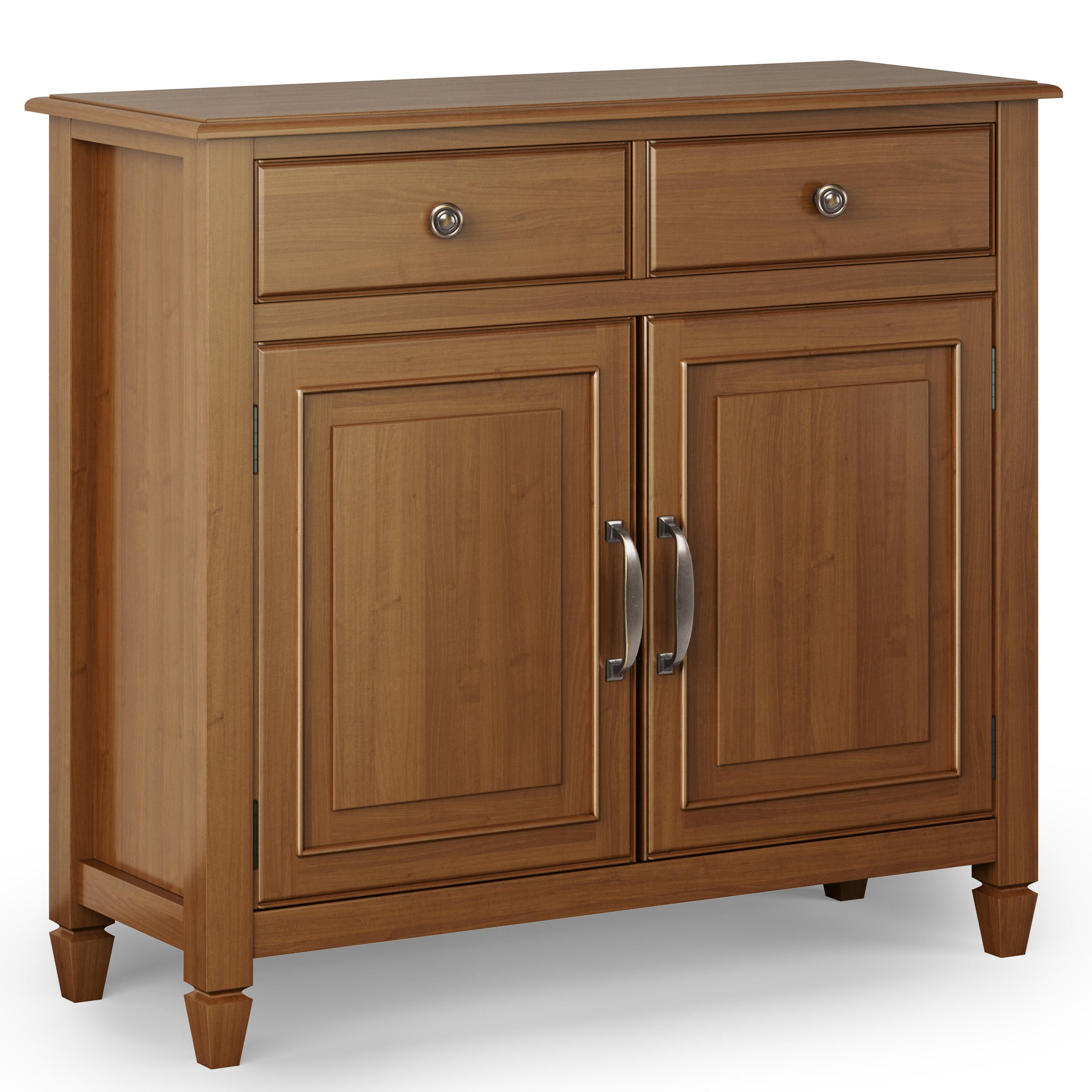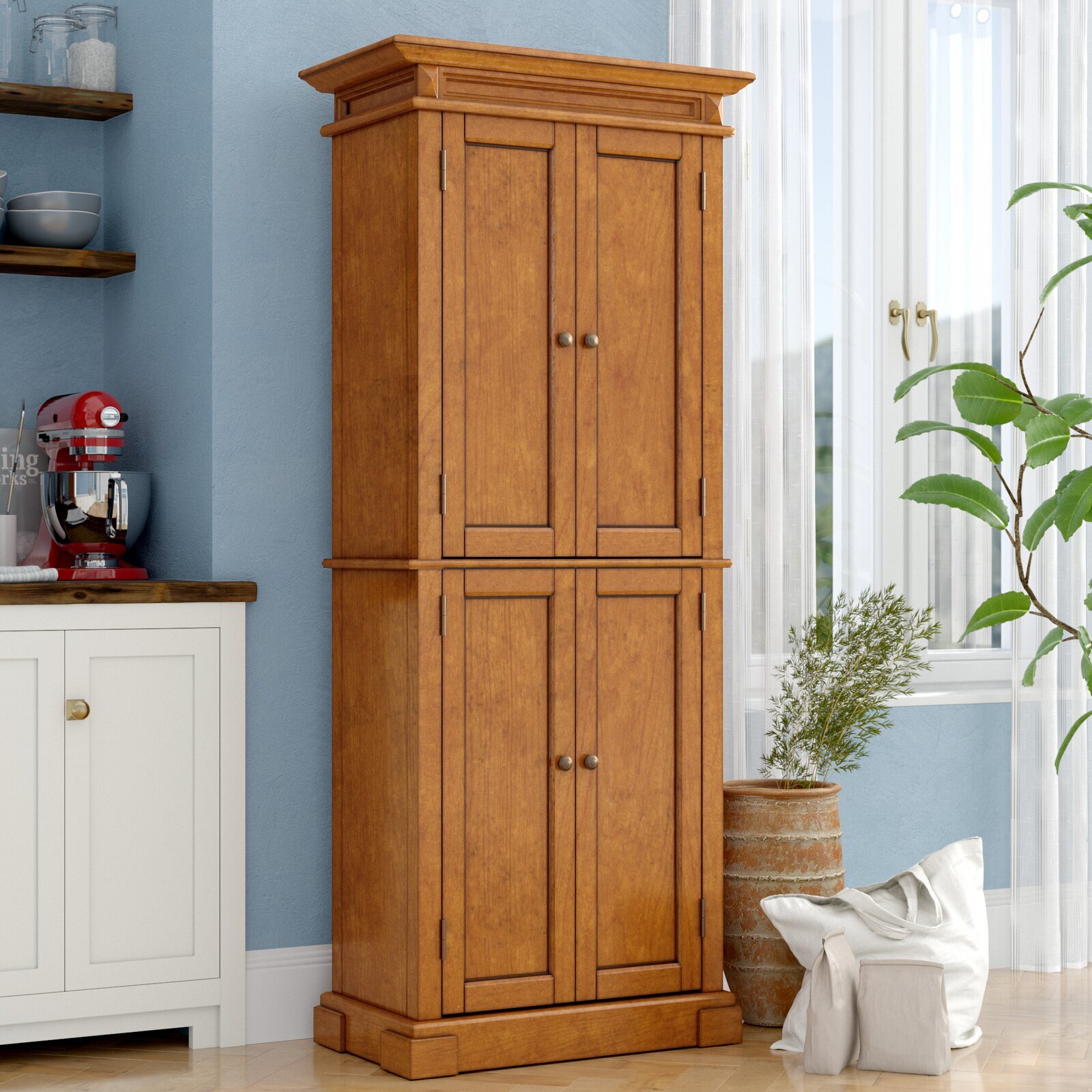Practical Applications and Placement of Freestanding Solid Wood Cabinets

Behold the majestic freestanding solid wood cabinet, a testament to enduring craftsmanship and versatile functionality. These timeless pieces transcend mere storage, becoming integral elements of interior design, capable of transforming any space into a haven of elegance and practicality. Their adaptable nature allows them to seamlessly integrate into a variety of settings, offering a unique blend of form and function.
Cabinet Applications in Diverse Rooms
Freestanding solid wood cabinets offer unparalleled adaptability, their presence enriching diverse living spaces. In the kitchen, imagine a stately, hand-carved cabinet housing fine china and silverware, a silent sentinel guarding culinary treasures. In the bathroom, a similarly crafted piece could elegantly conceal toiletries and linens, adding a touch of rustic charm. The living room welcomes a freestanding cabinet as a display unit, showcasing cherished heirlooms or beloved books. Finally, in the bedroom, it becomes a haven for clothing and personal items, a private sanctuary within the sanctuary of the room itself.
Advantages and Disadvantages of Freestanding vs. Built-in Cabinets
The choice between freestanding and built-in cabinets is a crucial one, a decision that shapes both the aesthetics and functionality of a room. Freestanding cabinets, with their inherent mobility, offer unparalleled flexibility. Relocation is effortless, allowing for easy adjustments to suit evolving needs and changing interior designs. However, this freedom comes at the cost of potential wasted space, as freestanding units often leave gaps between themselves and the wall. Built-in cabinets, conversely, maximize space utilization, seamlessly integrating into the architecture of the room. Yet, this integration comes with the sacrifice of mobility; relocation is a complex and often costly undertaking. The choice, therefore, hinges on the balance between flexibility and space optimization.
Optimal Placement Strategies for Freestanding Cabinets
Strategic placement is paramount to unlocking the full potential of freestanding solid wood cabinets. Consider the interplay of traffic flow, available space, and overall room design. A poorly positioned cabinet can obstruct movement and disrupt the visual harmony of a room. Conversely, a thoughtfully placed cabinet enhances both functionality and aesthetics.
- Kitchen: Position a freestanding cabinet near the dining area, providing easy access to tableware and serving dishes. Imagine a large, antique cabinet, richly polished, standing proudly near a bay window, showcasing fine china and crystal.
- Bathroom: Place a smaller cabinet adjacent to the vanity, providing additional storage for toiletries and towels. Envision a compact, elegantly carved cabinet, its drawers smoothly gliding open to reveal neatly organized bath essentials.
- Living Room: Position a tall cabinet against a wall, creating a visually striking focal point. Picture a stately, multi-tiered cabinet, displaying cherished family photographs and treasured books.
- Bedroom: Place a wardrobe-style cabinet near the bed, providing ample storage for clothing and accessories. Visualize a substantial cabinet, its smooth, dark wood a striking contrast against the lighter walls, holding neatly organized clothing.
Care, Maintenance, and Restoration of Freestanding Solid Wood Cabinets: Solid Wood Cabinets Freestanding

These magnificent structures, crafted from the heartwood of ancient trees, deserve a level of care commensurate with their inherent beauty and enduring quality. Proper maintenance not only preserves their aesthetic appeal but also extends their lifespan significantly, ensuring they remain cherished family heirlooms for generations. Neglect, however, can lead to irreversible damage, robbing future generations of their timeless elegance.
Cleaning and Maintaining Solid Wood Cabinets, Solid wood cabinets freestanding
Regular cleaning is paramount to preventing the accumulation of dust, grime, and spills that can dull the finish and damage the wood. Avoid harsh chemicals and abrasive cleaners that can strip the protective finish and leave the wood vulnerable. Instead, opt for gentle, wood-friendly solutions. A simple mixture of mild dish soap and warm water, applied with a soft, damp cloth, is often sufficient for routine cleaning. Always wipe the cabinets dry immediately after cleaning to prevent water damage. For stubborn stains, a paste of baking soda and water can gently lift the mark. Remember to test any cleaning solution in an inconspicuous area first to ensure it doesn’t damage the finish. Avoid using excessive water, as it can penetrate the wood and cause warping or cracking. Regular dusting with a soft cloth or microfiber duster will prevent the build-up of dust and grime. Polishing with a high-quality wood polish specifically formulated for solid wood can enhance the sheen and protect the finish. Never use furniture polish containing silicone, as this can interfere with future refinishing.
Repairing Minor Scratches and Dents
Even with meticulous care, minor scratches and dents can occur. Fortunately, many minor imperfections can be easily repaired. For shallow scratches, a touch-up pen or marker that matches the cabinet’s finish can effectively camouflage the damage. For deeper scratches, you may need to use a wood filler. Choose a filler that matches the color and grain of the wood as closely as possible. Apply the filler according to the manufacturer’s instructions, allow it to dry completely, and then sand it smooth with fine-grit sandpaper. Once smooth, apply a touch-up of stain and finish to blend the repair with the surrounding wood. For small dents, carefully apply a damp cloth and iron over the dent with a low setting. The steam may help raise the wood fibers. For larger dents, wood filler is the best solution. Always follow the manufacturer’s instructions meticulously for best results.
Restoring the Finish of Older or Damaged Solid Wood Cabinets
The restoration of older or significantly damaged cabinets is a more involved process requiring patience and precision. It’s a rewarding undertaking, however, transforming tired pieces into stunning showpieces. This process often involves several steps.
- Preparation: Begin by thoroughly cleaning the cabinets to remove any dirt, grime, or loose finish. This ensures that the new finish will adhere properly. Use a quality wood cleaner. Then, carefully examine the cabinets for any loose or damaged areas that need repair before proceeding. Any necessary repairs should be completed before moving to the next step.
- Sanding: Carefully sand the surfaces using progressively finer grades of sandpaper, starting with a coarser grit to remove imperfections and ending with a very fine grit to achieve a smooth finish. Work with the grain of the wood to avoid scratching it. Always use a sanding block to ensure even pressure and prevent gouges.
- Staining (Optional): If you wish to change the color of the cabinets or refresh the existing stain, apply a new stain according to the manufacturer’s instructions. Allow the stain to dry completely before proceeding to the next step. Testing in an inconspicuous area is crucial.
- Sealing: Apply a high-quality wood sealant or varnish to protect the wood and enhance its durability. Apply several thin coats, allowing each coat to dry completely before applying the next. Sand lightly between coats to ensure a smooth, even finish. The type of finish (e.g., polyurethane, lacquer, shellac) will depend on the desired level of durability and sheen.
Remember, patience and attention to detail are key to achieving a successful restoration. Each step must be executed with care to ensure a flawless final result. Consider consulting a professional if you are uncomfortable undertaking this process yourself, especially for cabinets of significant value or historical importance.
